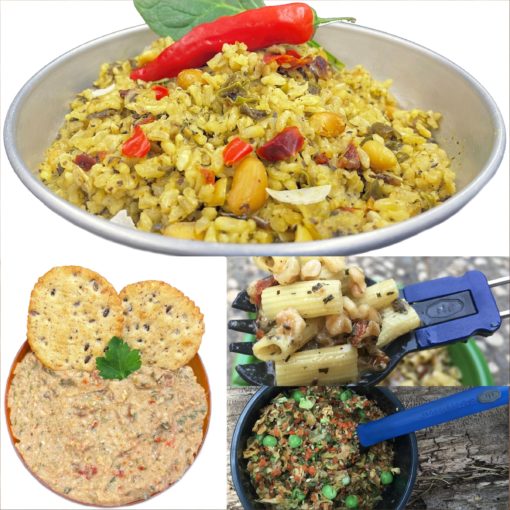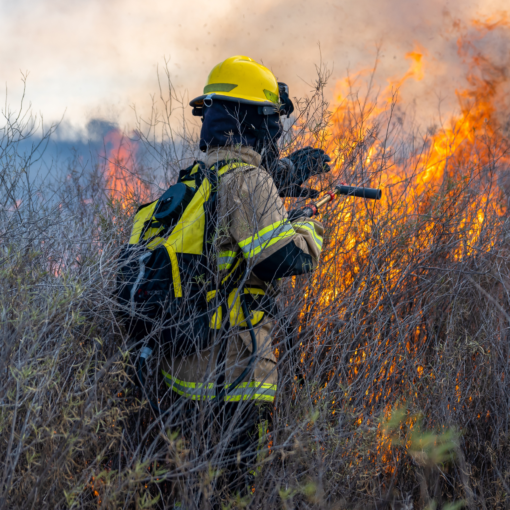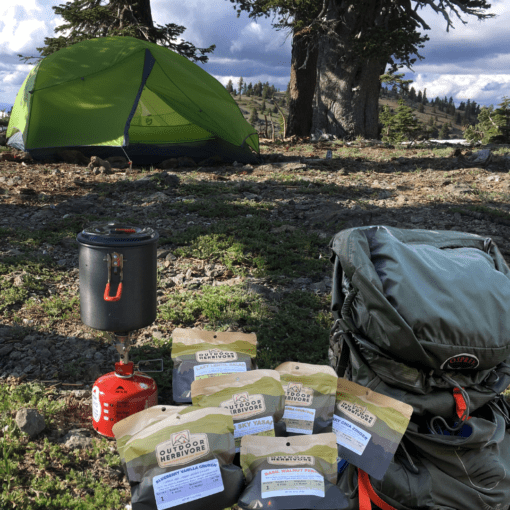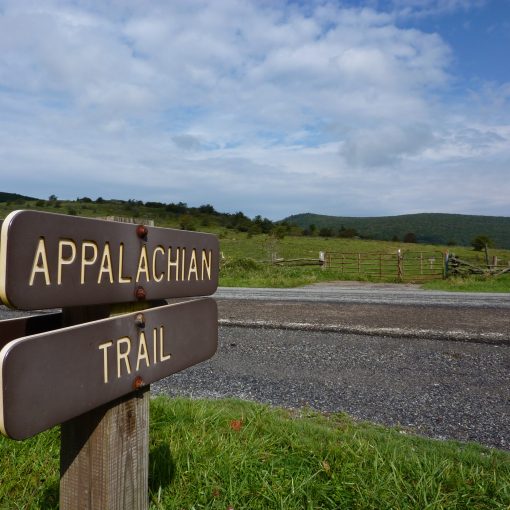Hikers often ask, “What are your best backpacking meals?” These are Outdoor Herbivore’s customer favorites. 1. Best Trail Breakfasts The time between dinner and the following morning is a long time for your body to go without food, so don’t skimp on eating in the morning. Eating after waking can supply the energy your body needs to start the day and improve your metabolizing energy during the rest of the day. Breakfast on the trail can range from eating a snack bar while walking to sitting down to a giant breakfast burrito with coffee. What you eat in the morning […]
Wildland firefighting, a role that demands immense physical and mental strength, requires careful meal planning. To sustain this work output and maintain a healthy immune system, fireline firefighters will typically need to consume 6,000 calories daily. Getting proper nutrition from ultra-processed Meals Ready to Eat (MREs), packaged snacks and backpacking meals can be challenging. That’s why we recommend a less processed, plant-based diet made from freeze-dried food, which provides the most antioxidants, vitamins, and minerals to fuel the body. These are the key components we recommend for making up a wildland firefighter’s diet while in the field: Carbs Carbohydrates are […]
We are often asked, “What’s new for the season?” We’re excited to introduce our newest no-cook meal crafted with garbanzo beans, chopped walnuts, carrots, and diced celery in a creamy dill dressing. When paired with crackers or flatbread, it makes a delicious and quick on-the-go trail-side lunch. With 530 calories per pouch, it’s packed with complex carbohydrates, healthy fats, and protein to keep your energy levels up. Just like all of Outdoor Herbivore’s no-cook backpacking meals, preparing this one is a breeze. Simply add water to the pouch (or a serving bowl) and allow it to hydrate for about 6 […]
If you are new to the world of backpacking and freeze-dried meals, one of the most important things to consider is what you’ll eat while on the trail. Here are a few tips to help you plan and purchase meals for your first backpacking trip. What Foods to Pack – Commercial Backpacking Meals versus Grocery Store Food Commercial Backpacking Meals. You’ll need plenty of energy to fuel your adventure. Freeze-dried meals are the standard for backpackers, as they are lightweight, easy to prepare, filling, high in calories, and keep a long time without spoiling. Although expensive, backpacking meals are convenient since […]
Food planning can be confusing for the first-time thru-hiker or section hiker. You have yet to determine your pace and don’t know how many days you can go between food resupplies. Here are some tips based on a decade of supplying meals to the thru-hiking community. How much food should I pack for my Appalachian Trail hike? Customers often ask us how much food they should order for an Appalachian Trail (AT) thru-hike and where most hikers receive mail drops. Most hikers have resupply boxes mailed to towns with limited food services. Most of the AT is within 50 miles […]



